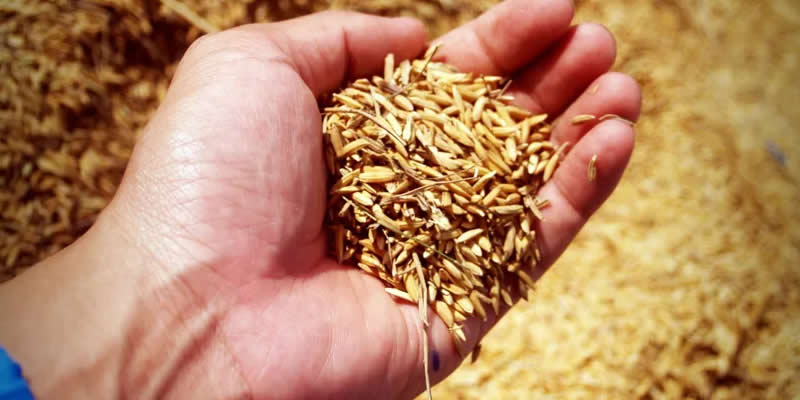People with diabetes are often advised to eat a good selection of whole grain food. However, people are often confused as to what counts as whole grain.
Much of the produce which many of us have grown up with consists of refined wheat products lacking very much of the nutrition within better whole grain equivalents.
If you have wheat or grain based foods, try to find whole grain varieties. They will be better for your sugar levels as well as your health in general.
What are whole grain foods?
Whole grain foods are found in cereals such as wheat, oats, barley, maize, rye and brown rice, amongst others.
The grain is made up of three constituent parts:
- Germ: the germ is the reproductive part of the grain and is packed with nutrients
- Endosperm: accounts for about 80% of the grain, this is the starchy part
- Bran: the fibre rich outside (shell) of the grain
Much food sold these days is made from highly refined flour and wheat products. The more refined the food is, the less nutrition it carries.
White bread for example is made from highly refined flour which has very little nutritional value as the refining process strips out much of the vitamins.
Furthermore, products that are highly refined, such as white bread, are very quickly turned into glucose by the body and therefore they are best avoided by those with diabetes.
Which foods count as whole grain?
For food to count as whole grain, it should include each of the three parts (germ, endosperm and bran). However, shop produce can make it very difficult to tell what is actually whole grain.
Be wary of terms like wholemeal, granary and multigrain as these offer no guarantee that the bread is made from whole grains. Look instead for use of the term ‘whole grain’ or ‘wholegrain’.
As a general guide, look for items such as the following:
- Brown rice
- Products with bran
- Whole grain or buckwheat flour
- Whole grain bread
Truly whole grain foods are difficult to find in supermarkets and so sometimes a ‘wholemeal loaf’ may be the best on offer.
As a good general rule of thumb, the more fibre present in a grain product, the healthier it is likely to be.
What are the benefits of eating wholegrain foods?
Whole grain foods include more nutrition than their non-whole grain equivalents. The nutritional benefits of whole grain foods are:
- More fibre – great for digestion
- Reduced impact on blood sugar compared with more refined equivalents
- Good source of minerals; magnesium and zinc
- Good source of vitamins B and E
Does all brown bread count as whole grain?
A lot of brown bread, particularly the cheaper supermarket loaves, is not whole grain because a lot of these breads don’t include either the bran or the germ. As a result the bread is starchy but lacks the extra fibre and nutrients it would have if it were whole grain. Sadly some brown bread is simply white bread coloured with sugar (molasses or caramel)!
Also, some bread may be called ‘whole grain topped’ which means whilst the topping is whole grain, the bread itself is likely not. One way to help with picking a healthy loaf is to pick one that has a good concentration of fibre.
Look for breads that contain over 3g of fibre per slice (about 8g of fibre per 100g of bread).





